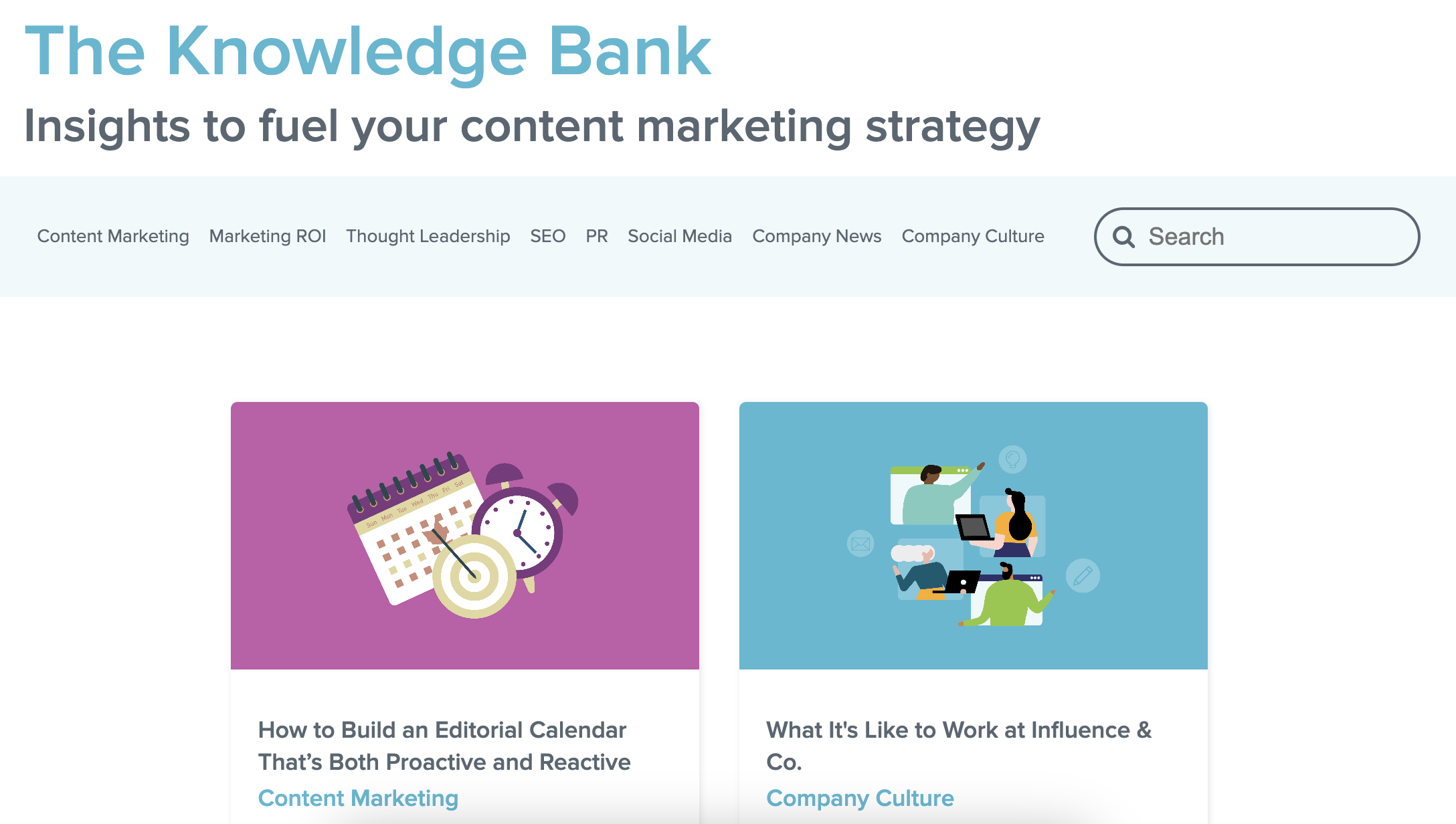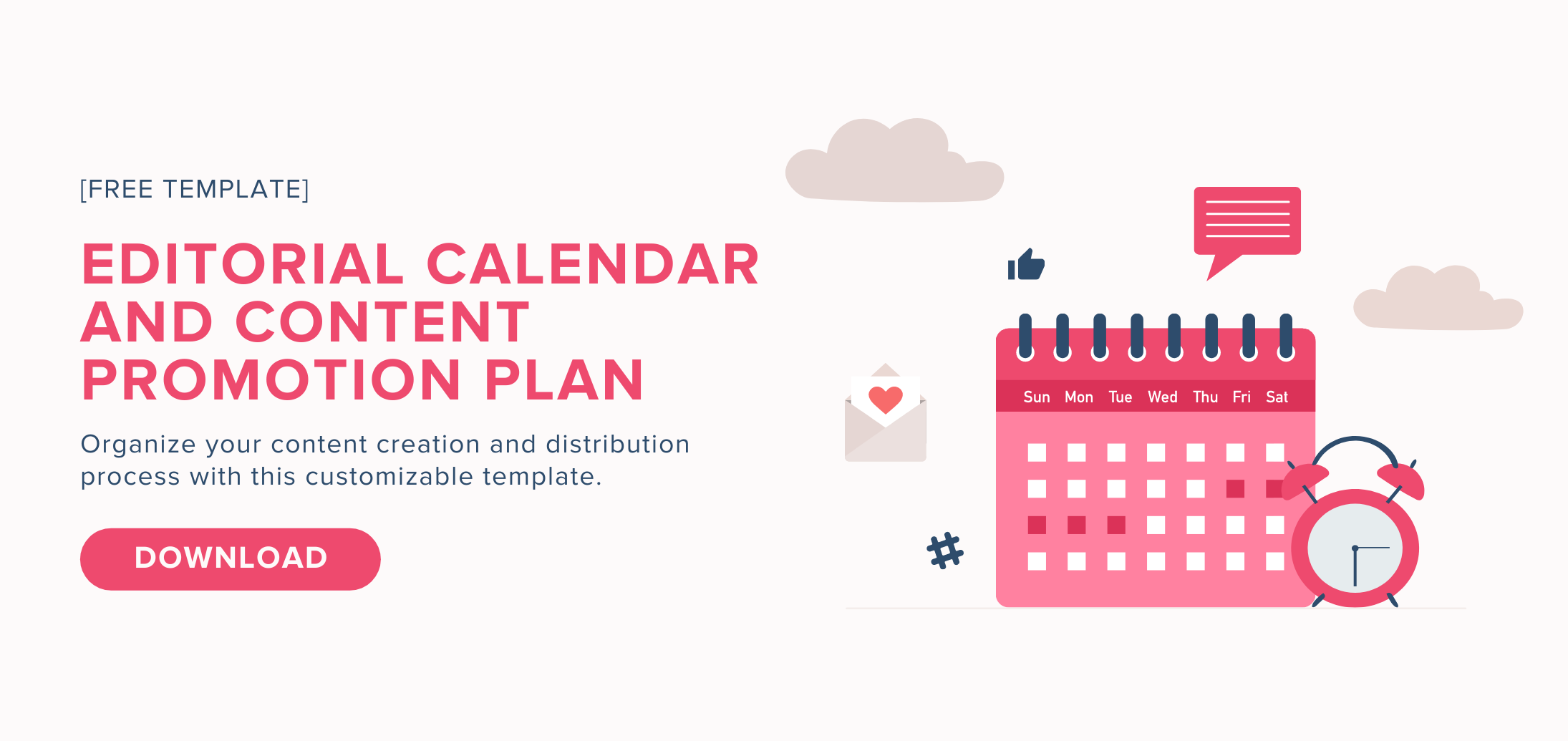Many people who create blogs focus on one post at a time. Each blog post is a standalone piece of content marketing collateral, a one-off opportunity to engage leads. Sometimes, one blog post at a time is the best we can do because our plates are full with other tasks and ideas.
However, content strategists are learning that what makes a good blog is an experience.

A blog is more than just a series of individual posts. It is a journey — a connected experience. When you’re reading a blog, do you simply enter via a single title and leave when you reach the final period? No. You explore. Maybe you hop from one blog post to another in search of answers to a question. Maybe you gather blog posts into a kind of playlist for a particular theme you’re thinking about. Or maybe you move chronologically, reading blog posts as a way of getting to know the author or brand through time.
This is how people engage with blogs, but it’s also a highly worthwhile strategy for boosting content marketing results and strengthening content marketing ROI. Rather than seeing each blog post as a task on your to-do list, envisioning and developing a blog as a journey could transform the way you engage with your audience online.
How to Build an Engaging Blog Experience
How can you turn your blog from a series of pit stops into a racetrack? How can you make sure your individual pieces of content are working together and adding up to a whole experience that is greater than the sum of its parts?
These four blog writing tips can help you build an engaging blog experience and boost your thought leadership online:
1. Create a cohesive design.
Design might seem like a nice-to-have element of a website or blog, but it is actually a critical element. It’s instrumental in determining how visitors engage with your pages, how they learn, how they feel, and what they decide to do after they finish reading. In fact, studies show that even consumers think about web design. Half of consumers say that design is crucial to a business’s overall brand, according to a survey by Top Design Firms.
If you create a cohesive and attractive design across your website — including your blog — you can tell a cohesive brand story. That means using colors and shapes that draw the eye comfortably around the page, using white space to help the reader feel at ease and uncluttered, and using formatting elements to make pages easy to understand and navigate.
What’s more, a cohesive design can tell your audience more about your brand without you needing to explain. Make sure your blog follows your brand guidelines and repeats elements of your overall brand language and style so that people know they’re reading your blog, not just anyone’s.
2. Make your landing page clear.
According to the Top Design Firms survey mentioned above, 38% of people look for navigational elements when they arrive at a website for the first time. That means that if your menu button is hard to find or the link to your blog is hidden in the footer of your homepage, people will quickly move on before getting the value they came for.
You can help people stay on your blog and engage with it by guiding them through your site. For example, creating a network of internal links throughout your site can help visitors find their way and experience more of your content than they would otherwise. Include links to related content within blog posts to make it easy for readers to find additional relevant information and guide them back to core pages.
3. Lead people to related blog posts.
Providing a list of related reading can make it easy for readers to continue engaging with your blog. You should always assume that people are going to find something interesting in one blog post that they will be keen to keep learning about. Don’t make your audience leave your site to find that additional learning.
So, either below each blog post or in the sidebar, provide a few additional blog posts about related topics. As visitors stay on your site longer and consume more of your content, your bounce rate will decrease and send a positive signal to search engines — a bonus that could help you achieve the goals of your content marketing strategy.

4. Sort blog posts into categories.
Another way to keep readers on your site longer and make it easy for them to find what they’re looking for is by employing blog categories. Designate blog categories so readers can navigate their way to topical blog posts and help themselves to more relevant insights from your brand. Your blog then becomes a destination, a place they gravitate to when they want information or insights about your industry and expertise.
Think about which categories are most likely to serve your audience members. Organize them clearly by subject. If a reader is hoping to learn more about SEO, they need only click on the “SEO” category to see all the blog posts that might resonate with them. Make sure readers are able to find what they’re looking for easily and have the opportunity to stumble upon more relevant blog content they might not have even thought to look for.

Many brand leaders and marketers want to know how to build a blog that actually impacts people — how to build a blog that adds to people’s experience of a brand and doesn’t just check a box. To do that, think about what makes a good blog. A good blog is a place where you can lose yourself in content that resonates with you. Don’t just give people doses of what they love; give them a repeatable, extendable experience.











